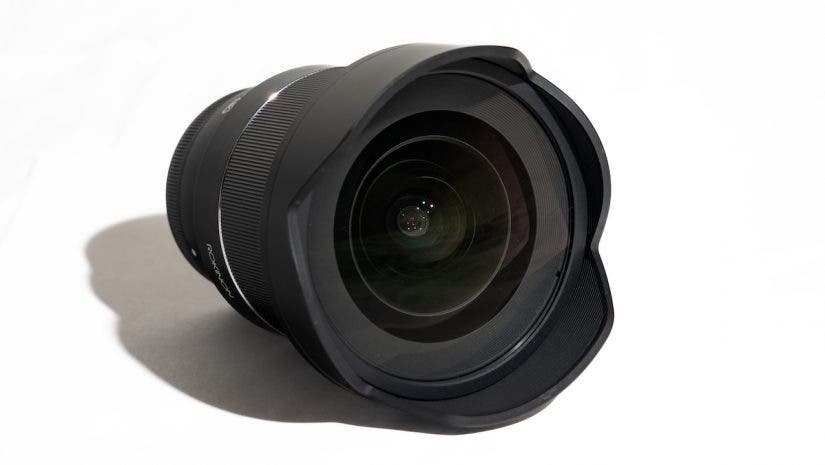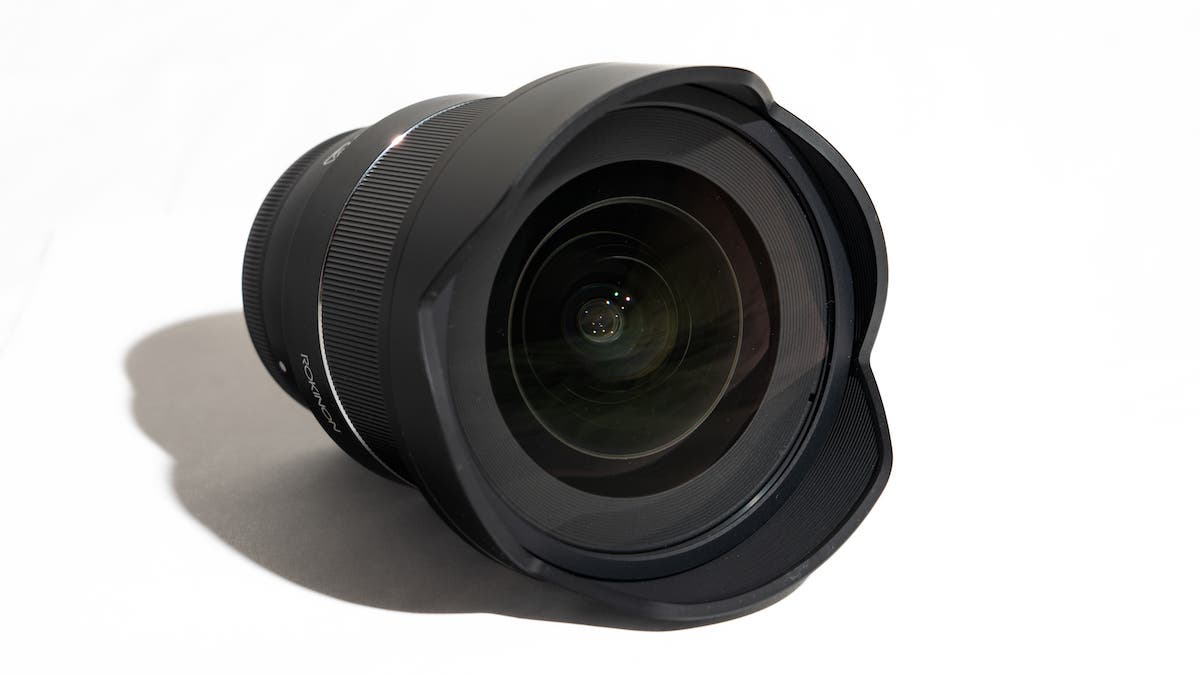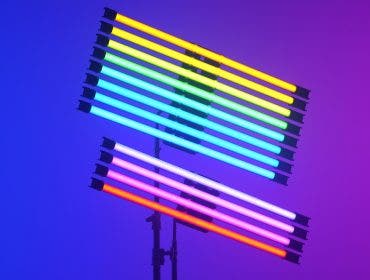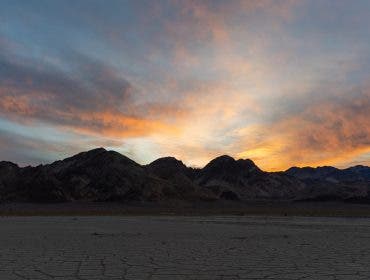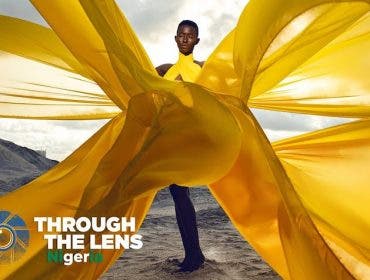Whether it’s the focal length itself, or how I view the world, an ultra-wide prime would generally not be my first choice when shooting street photography. Although, after pushing myself out of my comfort zone with the Rokinon 14mm F2.8 AF Lens for Sony E Mount, I have changed my mind for the better.
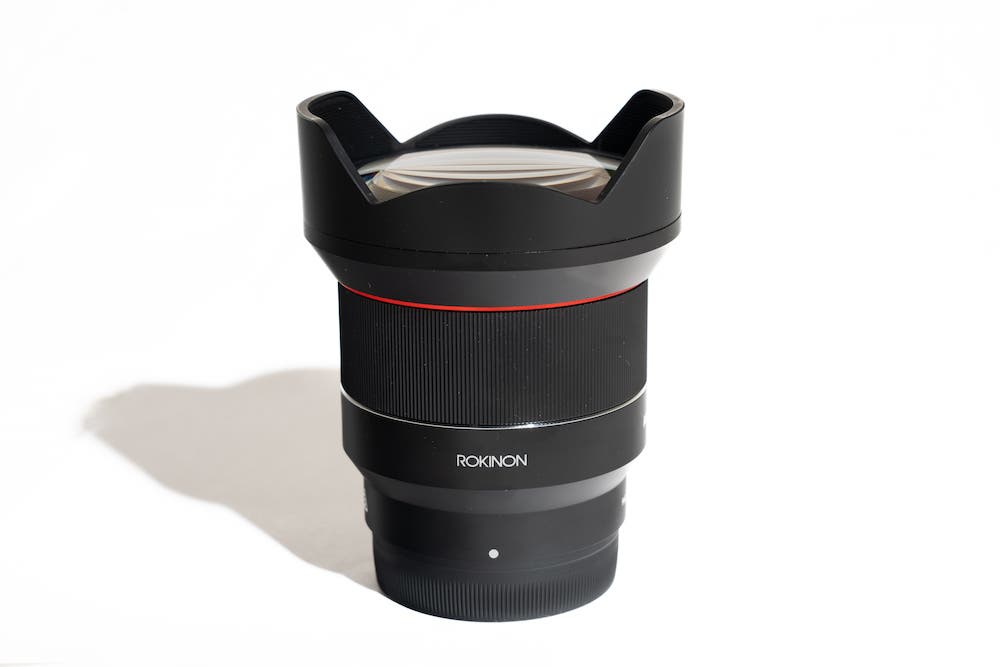
Key Features of the Rokinon 14mm Lens:
- Full-frame format
- Aperture Range of f/2.8 to f/22
- Three aspherical and two ED elements
- Ultra multi-coating
- Autofocus with manual focus
- 7-blade diaphragm
- Integrated lens hood
First Impression
The first thing you’ll notice when you unbox this lens is the massive, edge to edge, glass lens element up front. It’s truly a thing of beauty. Behind the huge front element, this lens is constructed with three aspherical lenses as well as an additional 14 elements in ten groups. While all this glass does make the lens heavier than I expected — it weighs 17.81 oz. — the extra weight gives it a solid, balanced, in-hand feel.
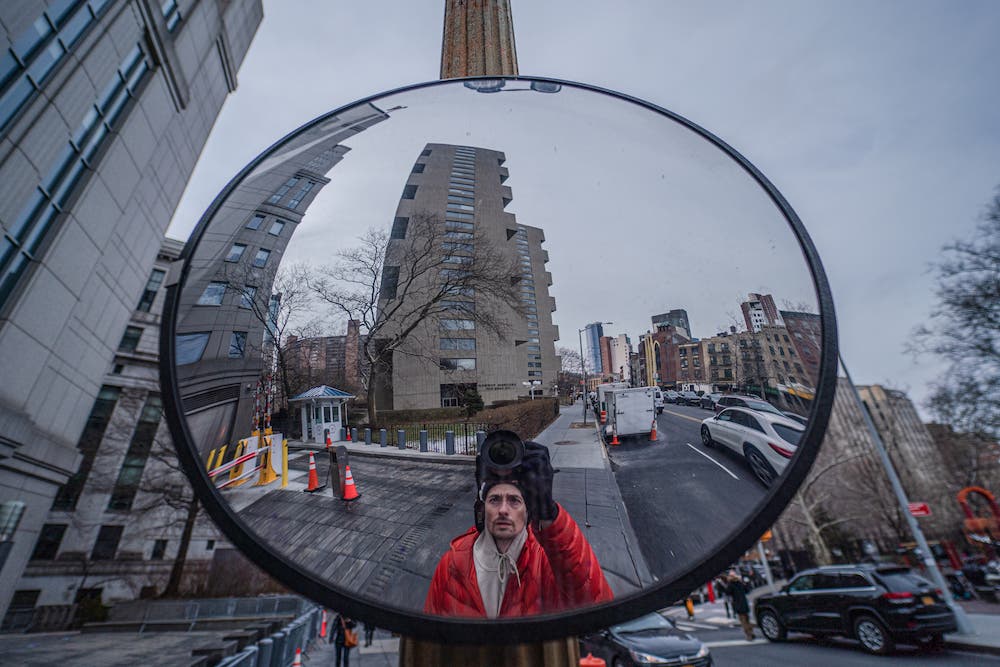
Attaching the Lens
Once you finally attach the Rokinon 14mm lens to your camera, you’ll get your first taste of how wide 14mm on a full-frame sensor really is. With its insanely wide field of view of 113 millimeters, this lens allows you to take photographs with an almost human eye-like perspective. Normally, with most ultra wide angle lenses, the trade-off for that enormous field of view is a slow aperture and a ton of distortion. That’s not the case with this lens. While there is still a little distortion at the edges as you’d expect from a lens this wide, it is so much better than I was anticipating. In fact, this lens actually has less distortion than one of my other lenses that’s more narrow.

Vignetting
With a lens this wide, on a full frame sensor, I was sure it was going to have some pretty serious issue with vignetting. Boy — I was wrong! While it does have a little bit of vignetting when shooting the sky or something else with a uniform color, it is barely noticeable most of the time. For the images in this article, I haven’t done any vignette correction so that you’ll know exactly what to expect.
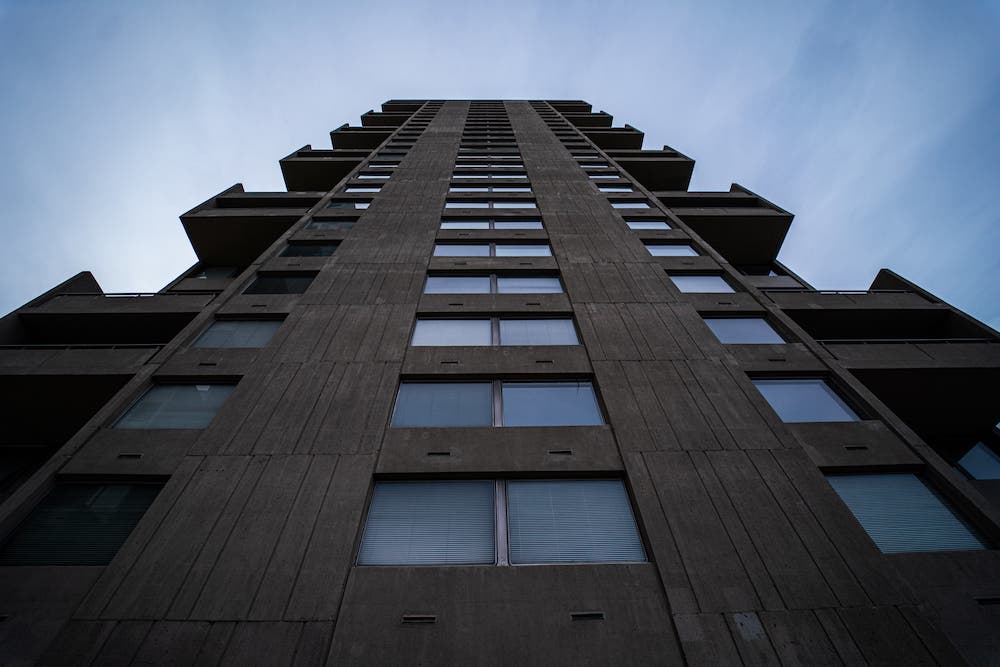
Intregrated Lens Hood
With an ultra wide field of view and a close focus distance of just under weight inches, it’s easy to lose track of how close you actually are to your subject. Fortunately, this lens has a built-in hood to keep the front element protected in case you get a little too close. With the front lens element as exposed as it is, I was grateful for the included lens cap. Unlike many other ultra wide lens caps that simply slip over the hood, this one secures with clips to ensure it doesn’t slide off while you’re out and about.
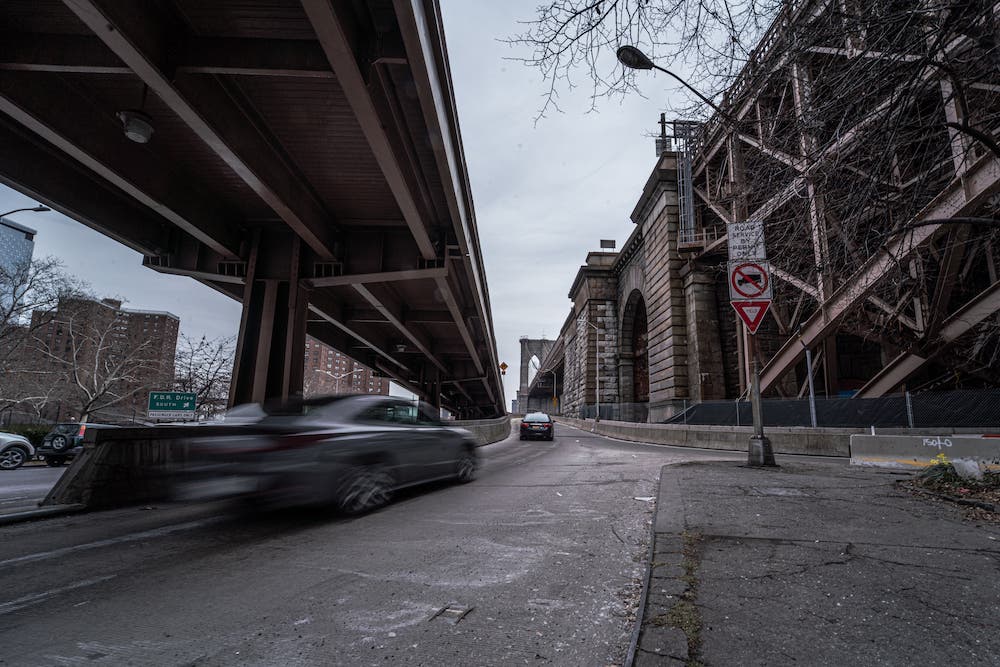
This brings me to my favorite part — the fast 2.8 aperture. As I mentioned before, most ultra wide lenses have slow apertures. This is because they were designed for shooting landscapes and other scenes that don’t require shallow depth of field. However, with this lens, when you combine the fast aperture with the a short close focus distance and the ultra wide focal length, you have a recipe for some truly stunning bokeh.
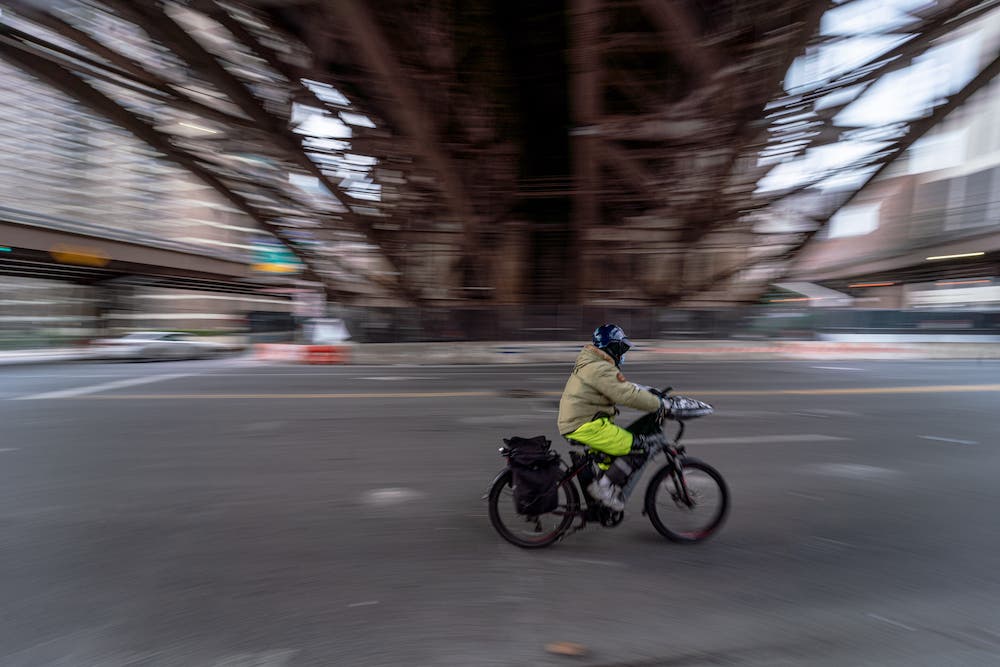
While I think most will use this lens for landscapes and architecture, its fast 2.8 aperture makes it a great option for street photographers who like to get up close and personal with their subjects. After shooting with this lens for just couple days, I was hooked on the unique perspective it provided. A full-frame prime that’s this sharp and this wide really opened up an immersive way for my camera to see the world.
